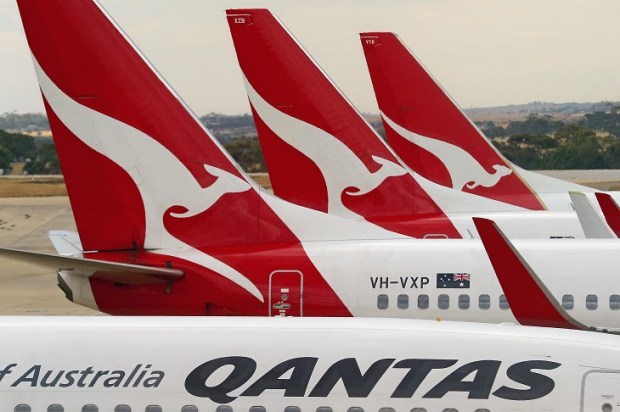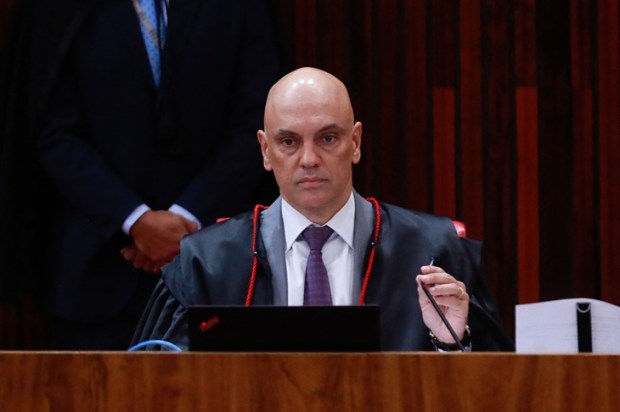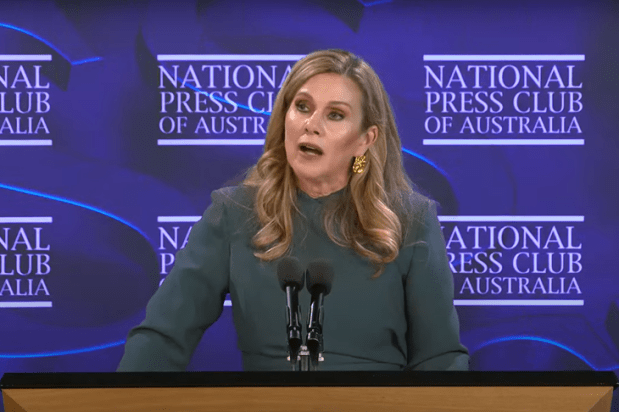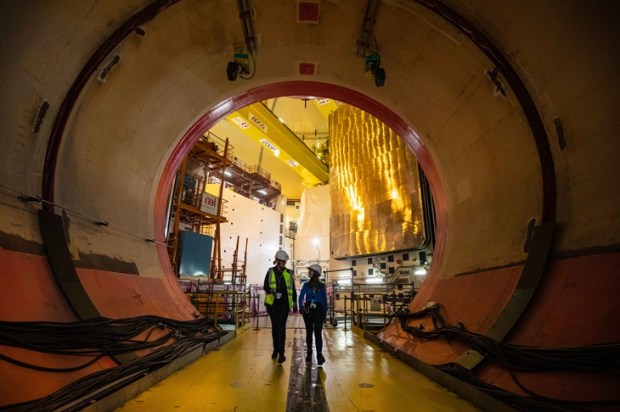As reported widely, Australia has walked away from concluding a comprehensive Free Trade Agreement (FTA) with the European Union (EU). Australia’s Trade Minister, Don Farrell, rejected a free trade deal worth $100 billion with the EU because of disagreements about access for Australian agricultural products to the European market along with EU demands to rename locally grown products to protect geographical indicators. On Monday, October 30, 2023, Senator Farrell confirmed, ‘Unfortunately, we have not been able to make progress.’ He then expressed the hope that ‘one day, we will sign a deal that benefits both Australia and our European friends’.
There is no doubt that the EU is an important trading partner of Australia and a lucrative export market for Australian products. Specifically, the EU is an economic powerhouse with a GDP of US$18.35 trillion in 2023, and a population of 448.4 million people. In 2021, the EU was Australia’s 2nd largest source of foreign investment, amounting to €22.2 billion. In 2022, it was Australia’s 3rd largest trading partner after the People’s Republic of China and Japan. Total trade in goods was valued at €56.4 billion in 2022.
Article 15:2 of the Framework Agreement between the EU and Australia, which entered into force on 21 October 2022, imposes an obligation on the parties ‘to prevent and remove non-tariff-related obstacles to trade and investment’, for example, the elimination of quotas, or quantitative restrictions on imported goods from the other party. Article 15:6 confirms that ‘the Parties affirm their commitment to working together within the WTO to achieve further trade liberalisation’. Article 50 specifically encourages both parties to cooperate in agriculture and rural development, including geographical indications.
When nations envisage the conclusion of a Free Trade Agreement to provide a comprehensive legal framework for future trade relations, it is always prudent to strike a balance between free trade and protectionism. This is because the removal of Australian tariffs on European produce could well result in European products flooding the domestic market, undercutting the price charged for locally grown products, and undermining the profitability of Australian producers. This is especially so if the FTA were to compromise one of the major sectors of the Australian economy – the agricultural sector.
Arguably, in an ideal world, a balanced FTA would work optimally if the EU and Australia were only producing and exporting goods for which they have a comparative advantage and importing all other goods from their trading partner. This theory, known as the comparative cost theory, developed by British political economist David Ricardo in the 19th Century, maintains that in these circumstances, the price charged for these products would be stable, with nations reaching the ‘golden rule’ allocation whereby they would only borrow money to finance investments, but not to fund current spending. Embedded in Ricardo’s theory is the expectation that nations would trade across borders without any governmental restrictions and interventions – clearly a utopian expectation.
Consistent with the Framework Agreement, Australia sought the elimination of all EU tariffs on Australian agricultural products imported into the EU. Australian negotiators also expected (or hoped) that administrative compliance requirements would be simplified, thereby lowering transaction costs, and increasing the agricultural sector’s overall competitiveness for Australian exporters. However, it is precisely this expectation – the removal of tariffs on agricultural products – that proved an insurmountable obstacle to concluding a mutually advantageous FTA. The collapse of the trade talks follows advice from the National Farmers Federation, which warned that the signing of the FTA would be disadvantageous for Australian farmers and that it would have ‘locked our farmers in at a disadvantage to competitors in New Zealand, Canada, and South America’. Similarly, Meat & Livestock Australia, lamenting ‘the EU’s maintenance of outdated, inequitable and restrictive quotas and high tariffs’, demanded that Australia address ‘the red meat sector’s disproportionately low volume access’ to the EU market.
Indeed, access of Australian agricultural products to the EU market, whilst a potentially appealing prospect, could be bad for Australia’s agricultural sector, especially if Australia were to be flooded with agricultural EU products. This outcome is not fanciful: consumers often value European agricultural products because of their assumed high quality and brand recognition, thereby adversely decreasing the market share of locally grown products. Another challenge relates to the EU’s demand that Australian producers comply with the stringent EU product specifications and standards. This could well be a costly exercise, which requires significant changes to product processes.
According to data released by the National Farmers’ Federation in 2021, agricultural exports to the EU are facing on average a 14.2 per cent tariff – this is significantly higher than the average tariff on non-agricultural products at just 4.2 per cent. Australian Dairy exports are subject to a hefty 32.3 per cent tariff, closely followed by sugar and meat at 27 per cent and 19 per cent respectively.
Australian farmers want tariff-free and quota-free access for their agricultural exports. But, at present, the quantity allowed to be imported into the EU is limited to only €600 million annually worth in value. Professor Holger Görg of the University of Kiel, commenting on this issue, notes that the value of agricultural products imported into the EU was worth about €200 billion in 2022. He concludes that the EU’s offer to Australia ‘accounts for around 0.3 per cent of total EU agricultural imports’ which represents but a minimal improvement on the existing exports figure to the EU.
The trade negotiations between the EU and Australia also focused on EU demands that Australia rename its agricultural goods such as Parmesan Cheese, Feta, or Prosecco. For the EU Commission, these labels are geographical indicators of the origin of these products. It is not the first time that the EU has made this demand. Relevant intellectual property rights provisions can also be found in a series of EU bilateral trade agreements, such as the signed FTA with Mexico, Chile, and Singapore. The EU has also inserted the same condition in its recent trade agreement with New Zealand, signed on July 9, 2023. In addition, the use of expressions such as ‘kind’, ‘type’, ‘imitation’, or similar will also be prohibited; this extends to any misleading use of flags, images, or symbols that may suggest a wrong geographical origin. Even if it is unreasonable to label wines as ‘prosecco’ when they are produced in the Barossa Valley of South Australia, the renaming of these products could spawn an unpalatable centralised, bureaucratic regulatory approach which, in turn, might increase the production costs of the producer. Additionally, in ensuring that these products can no longer be marketed as ‘Parmesan Cheese’, ‘Feta’, or ‘Prosecco’, the imported substitute EU products might benefit indirectly because it is highly likely that these labels would be appealing to Australian consumers. This may very well be the diplomatic strategy employed by the EU to drive the competitiveness of their exported agricultural produce.
In addition to the direct barriers to trade, the EU also maintains an indirect barrier, known as the Common Agricultural Policy (CAP). The development of the CAP is based on Article 38 of the Treaty on the Functioning of the European Union, according to which the internal market ‘shall extend to agriculture, fisheries, and trade in agricultural products’. It defines the term ‘agricultural products’ as ‘the products of the soil, of stockfarming, and of fisheries and products of first-stage processing directly related to these products’. The policy is aimed at improving agricultural productivity and ensuring for EU farmers a fair standard of living. Under this policy, the EU authorities distribute a total of USD$85 billion to their farmers each year, thereby giving them an unfair advantage. In the recent WTO ruling in the United States – Anti-dumping and countervailing duties on ripe olives from Spain, the US had attempted to show that its domestic producers of ripe olives had suffered an adverse impact because of the operation of the CAP, believing that the Spanish Olive farmers were unfairly subsidised. However, the World Trade Organisation (WTO) ruled in favour of the EU because its subsidy is not directly linked to olive production, and it fails to meet the ‘specificity’ requirement within the meaning of the Subsidies and Countervailing Measures Agreement, hence it has no follow-on effect on processors and exporters.
It is fair to conclude that the proposed FTA between the EU and Australia has thus failed to address tariff-related and non-tariff-related obstacles, particularly with regards to agricultural goods.
With the imminent election of the European Parliament in June 2024 and the forthcoming Australian Federal Election in 2025, the trade negotiation between the EU and Australia is likely to be postponed. But, even if the negotiations are restarted, for the proposed FTA to have a beneficial influence on Australian farmers, the EU and Australia will need to respect their peculiar individual interests relating to agriculture.
Gabriël Moens AM is an Emeritus Professor of Law at the University of Queensland. He is the co-author of The Unlucky Country, Locke Press, 2024.
Kevin Liu is a Legal Scholar at the University of Sydney Law School. He holds an LL.B and BEcon.Adv from Adelaide University.

























